About the Liturgy
NLC ARTICLES

A celebration requires the joyful participation of those gathered – nobody is a mere spectator. A liturgical celebration is no different. All the baptised who gather for worship celebrate the liturgy through their active participation.
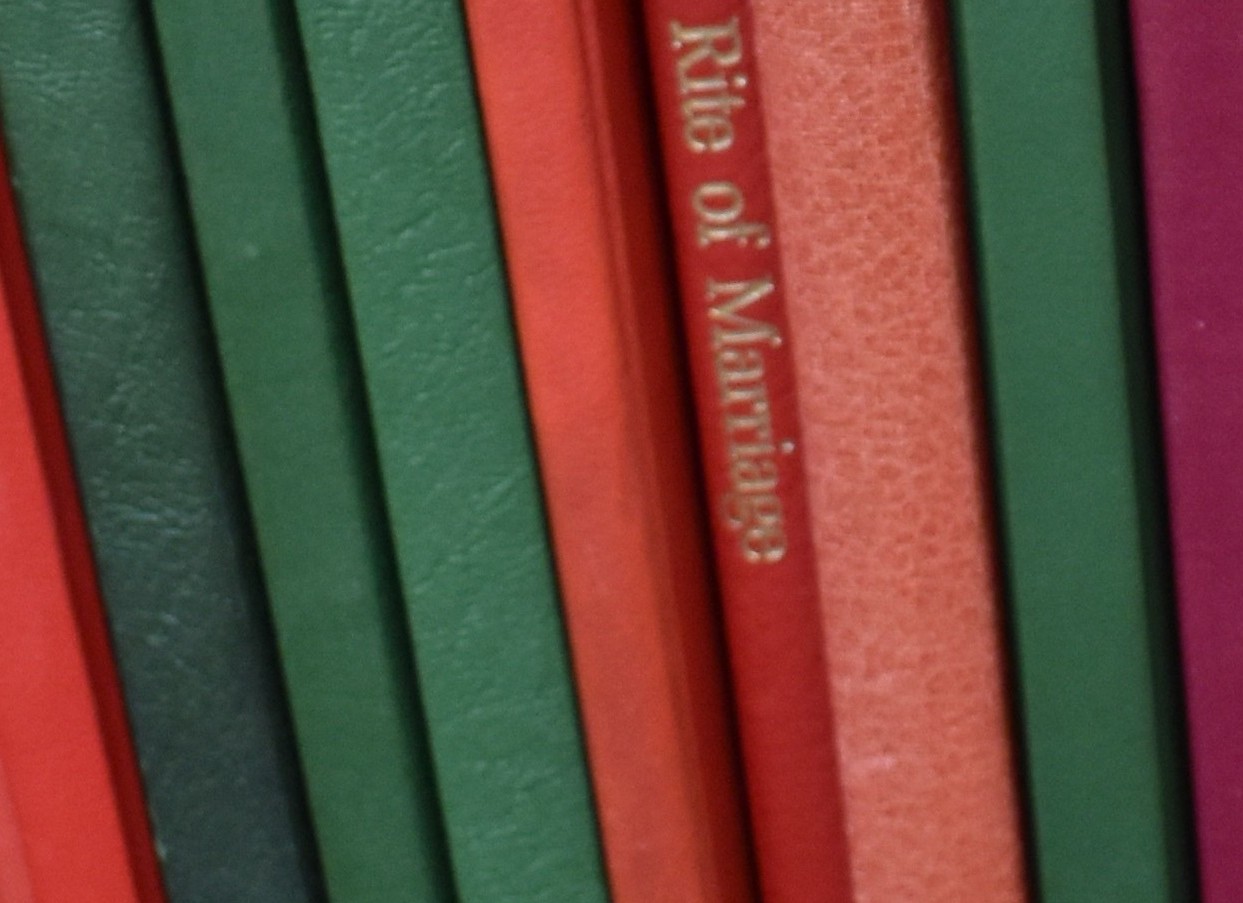
The liturgical books set out a broad range of rituals from sacramental celebrations through to blessings for particular occasions. The texts for liturgical rites set out the texts and the rubrics which detail the way of celebration.

Liturgy is the work of the people, as they participate in the work of God. Through ritual celebration, the community retells, remembers and makes present the paschal mystery in their midst. All participate through their baptism, with some members having a particular liturgical ministry to fulfil.
official documents
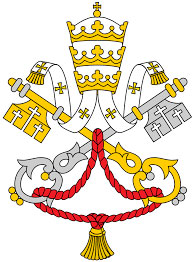
Holy See
This key encyclical was the first devoted entirely to liturgy. It sought to temper perceived excesses of the liturgical reform, but also took on key aspects of said reform, i.e., active participation and the connection of the sacrifice of the altar and communion.
The Magna Carta of the liturgical reform, this Constitution on the Liturgy was the first Constitution approved by the Ecumenical Council (overwhelmingly) and promulgated by Pope Paul VI. It sought an aggiornamento of the liturgical tradition.
In this motu proprio, Paul VI lays out the directives for the implementation of the Constitution on the Sacred Liturgy.
This is the first Instruction in a series of five issued for the ‘proper implementation of Sacrosanctum Concilium.’ It focused on the application of the norms found in Sacrosanctum Concilium.
The Catechism is a resource for catechesis of the faithful summarizing and presenting the doctrines of the Church.
In this Letter Pope John Paul II considers the successes and unfinished work of the liturgical reform since the promulgation of the Constitution on the Sacred Liturgy.
In this letter Pope John Paul II reflects positively on the liturgical reforms of the Constitution on the Sacred Liturgy, noting some abuses but acknowledging the need for liturgical creativity and inculturation. Silence and reflection—for the sake of developing a true liturgical spirituality—are recommended.
In this Letter, Pope Francis calls for a renewal of the liturgical movement. It notes the crucial importance of the liturgical formation of the faithful and, among many other things, discusses the importance of the ars celebrandi.
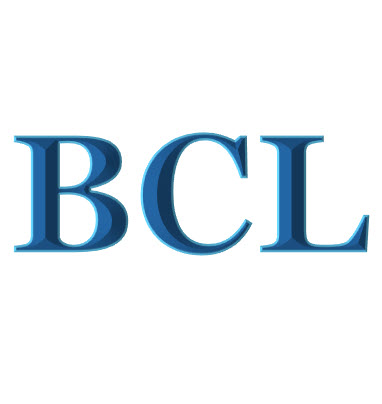
Bishops Commission for Liturgy
Here the liturgy Commission gives thanks for the blessing of the reform of the liturgy since the promulgation of the Second Vatican Council’s Constitution on the Liturgy Sacrosanctum Concilium in 1963. The document synthesises the fundamental principles of the liturgy Constitution, noting that the reform and renewal of the liturgy is an ongoing task yet to be completed.
DIOCESAN RESOURCES
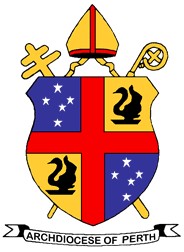
Perth
Fr Vincent Glynn explains how sacramentality is understood as God revealing himself to us through Jesus Christ and our human experience (2022). Duration: 7.25
Sr Kerry Willison describes how those gathered participate in symbolic actions. By these actions, the whole Church in Christ experiences and re-experiences the recurring call to live fully in God's presence. Duration: 5.50
Mildred Rego explains how signs and symbols are beyond words and evoke the spiritual reality of our faith and God acting in our lives. Duration: 4.29
Sr Kerry Willison explains how gathering for worship is our response the call to 'Do this in memory of me'. By remembering and making present God's saving actions in the Eucharist, we proclaim and celebrate the Paschal Mystery, God's plan of salvation. Duration: 5.14
Other resources
Journal Articles

The art of celebrating well is one of translating the page to the event. Some communities follow a slavishly literal translation in pursuit of what is ‘liturgically correct’ while others concentrate on following the ‘spirit’ of the rite with a freer enactment. There is a balance to be struck.
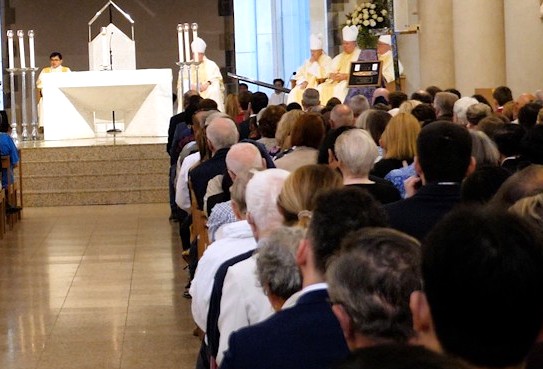
Tom Ryan explores the nature of the liturgy as a sharing in the life of God, as an event of devotion rather than one of elation, and suggests what can be reasonably and regularly expected from the liturgy. He compares the contentment of persevering in liturgical practice with the momentary peak experience of a liturgical ‘high’.
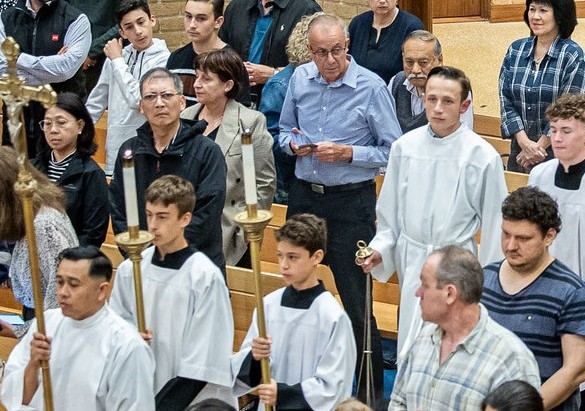
Active participation means being present at the liturgy as 'doers', as the Actor, as those who really perform the liturgical action. This is more than a mental and spiritual concentration on what someone else is doing. It is being part of the doing.
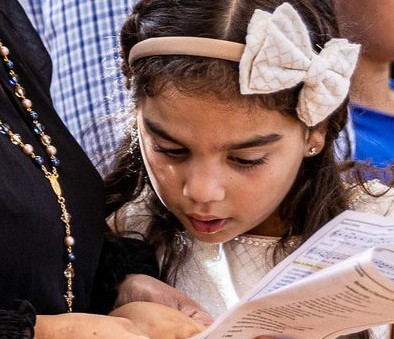
The Second Vatican Council recommended that the whole people of God be encouraged to pray the Liturgy of the Hours, but it seems that little progress has been made in drawing people this ancient prayer tradition. This article offers some practical suggestions for introducing Evening Prayer into the family so that the domestic Church might experience this prayer.
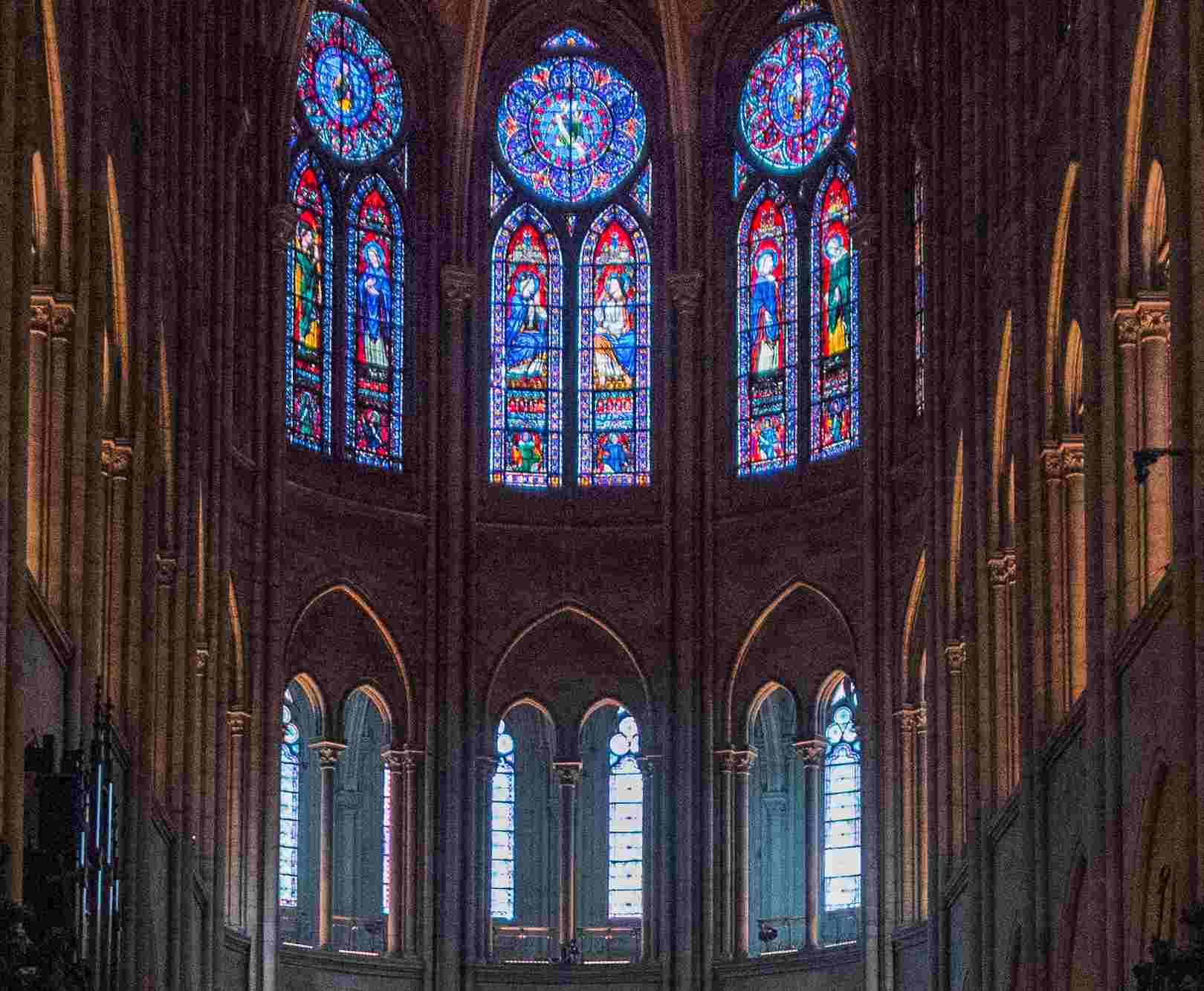
Human beings are instinctively symbolic creatures. The liturgy and the sacraments make use of symbols to express profound realities that are beyond explanation. In liturgical celebrations, worshippers actively contemplate the transformative power of symbols and in so doing come to encounter the living God.
Podcasts
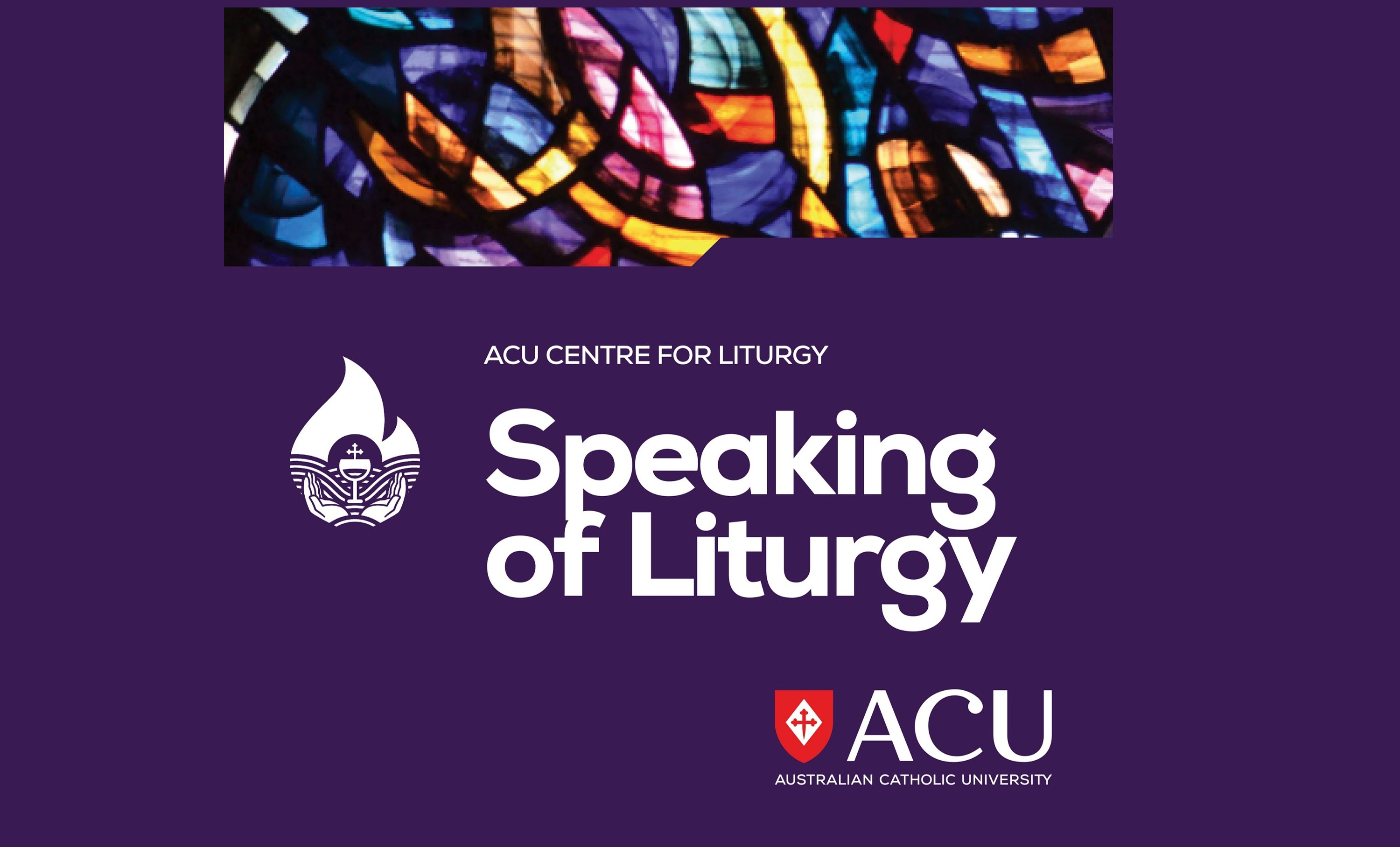
Bishop Paul Bird, CSsR reflects on the art of celebration and how developing our knowledge and skills can enhance the way we celebrate the liturgy.

